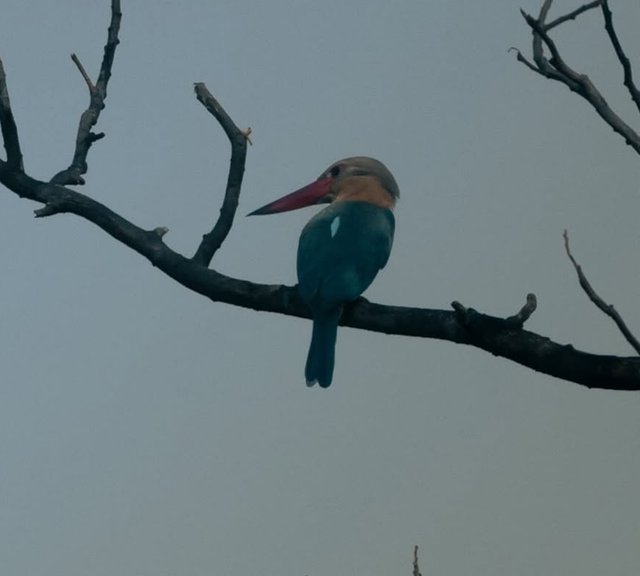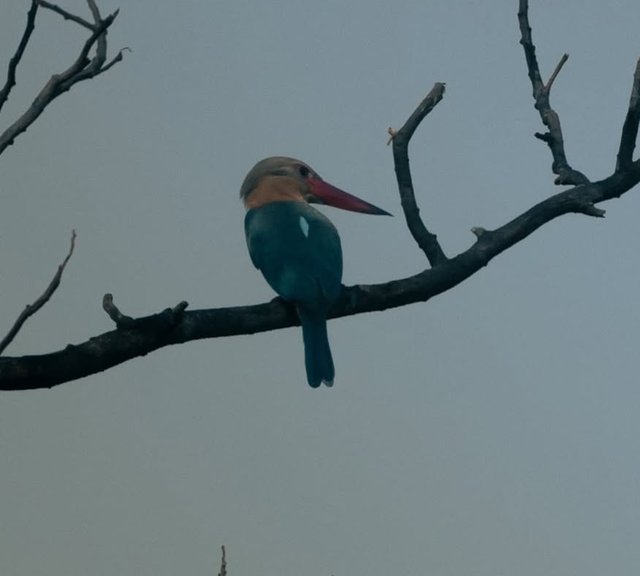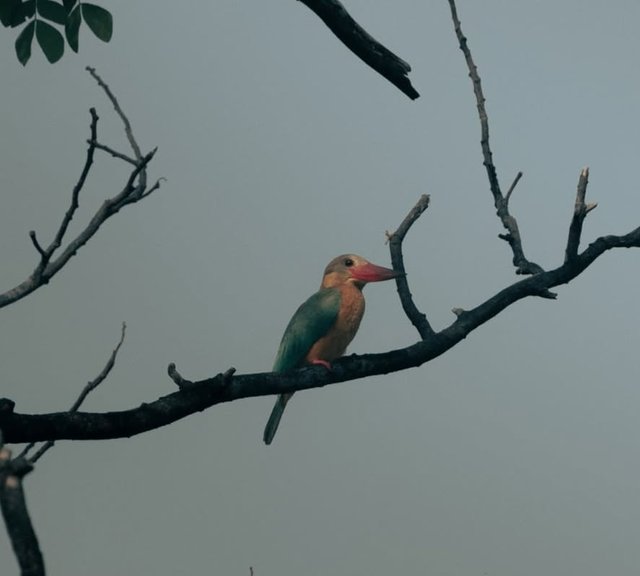So Cute Stork-Billed Kingfisher Bird
The Stork-Billed Kingfisher: A Majestic Jewel of the Tropics
Among the many dazzling birds that inhabit the tropical forests and wetlands of South and Southeast Asia, the Stork-billed Kingfisher stands out not just for its striking appearance, but also for its commanding presence and secretive lifestyle. With its massive crimson bill, vibrant plumage, and loud, echoing call, this bird is one of the most spectacular members of the kingfisher family—yet remains surprisingly elusive to many birdwatchers.
A Colorful Giant
The Stork-billed Kingfisher is one of the largest kingfishers in the world, measuring about 35–38 cm in length. Its name comes from its enormous, stork-like red bill, which can appear almost comically oversized. This formidable beak is perfectly adapted for catching and dispatching a variety of prey.
The bird’s plumage is a painter’s palette of tropical colors: a greenish-blue back and wings, a buff or golden-yellow chest and neck, and a rich blue tail. The head is typically a dull brown, giving the bird an almost regal air. Males and females look similar, although the female may be slightly larger.
Habitat and Range
This kingfisher species has a wide distribution across India, Sri Lanka, Bangladesh, Myanmar, Thailand, Malaysia, Indonesia, and the Philippines. It prefers coastal estuaries, mangroves, riverbanks, lakes, and even forested streams, but is not restricted to pristine habitats. Occasionally, it can be spotted in rural or semi-urban areas, especially where mature trees and water sources coexist.
Unlike some of its smaller, more sociable relatives, the Stork-billed Kingfisher is solitary and territorial. It usually perches quietly in the shade, scanning the water or ground below for movement.
Diet and Hunting
This species is an opportunistic predator. Though commonly associated with fish, its diet is surprisingly varied: crustaceans, frogs, insects, small reptiles, rodents, and even young birds have all been recorded as prey.
The bird’s hunting strategy involves quiet observation from a perch, followed by a sudden, powerful swoop to snatch its target. The large bill is not just for show—it helps in handling larger, slippery prey with ease.
Breeding and Behavior
Breeding typically occurs during the monsoon or post-monsoon season, varying by region. The Stork-billed Kingfisher nests in burrows dug into riverbanks or earth mounds, sometimes several feet deep. The female lays 2–5 white eggs, and both parents share in incubation and feeding duties.




%20(9).jpeg)